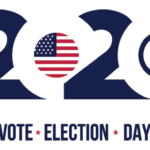
Democrats are a House Divided
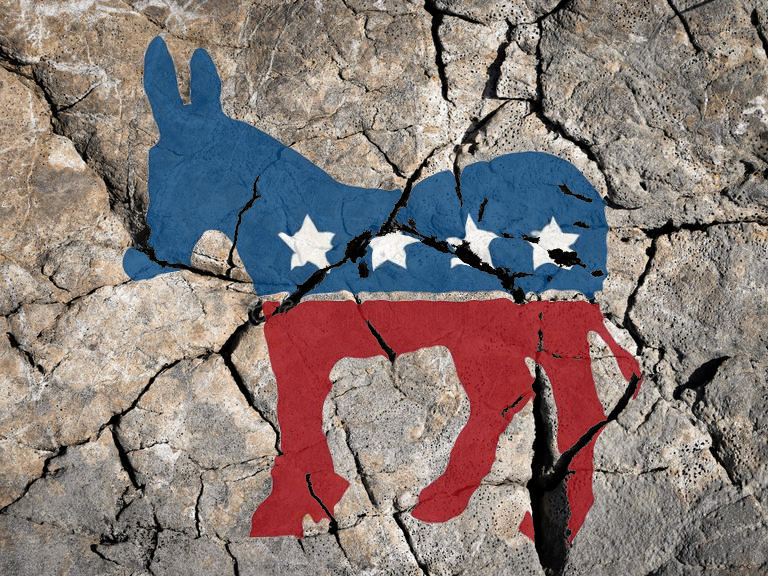
Reno Gazette Journal January 26, 2020
The New York Times (NYT), an ultra-left wing newspaper, which has endorsed every Democrat Presidential candidate since President Kennedy, entered the Democrat Primary fray for 2020 by endorsing not one but two Presidential candidates: Amy Klobuchar and Elizabeth Warren.
Let’s set aside the fact that endorsing two candidates when voters can only vote for one candidate is akin to picking both Kansas City Chiefs and the San Francisco 49ers to win the Superbowl. The move by NYT to endorse two candidates instead of one highlights the quandary for the Democrat party: two different political philosophies going head-to-head in a party that is deeply divided. This division has no end in sight as there are several enabling factors identified below that will likely make the situation only worse.
Candidate funding: Recent Federal Election (FEC) filings show three candidates (Sanders, Warren, Buttigieg) with at least $20 million “Cash on Hand”. Biden has $9 million, but he is leading most national polls. That leaves four candidates who can stay viable for a long time. Add to the list the two billionaires with plenty of financial resources and you have six candidates with plenty of runway ahead of them.
Democrat Party rules: To secure any delegates in a state primary/caucus, a candidate has to meet the 15% threshold. Delegates are proportionately divided amongst the candidates who meet the 15% threshold. Let’s take Iowa as an example to illustrate the downside to these rules. Here’s the most recent RealClearPolitics average of polls: Biden 21%, Sanders 17%, Warren 17%, Buttigieg 16%. If the polls are accurate, here’s the potential delegate count coming out of Iowa: Biden 12, Sanders 10, Warren 10, Buttigieg 9, Rest of the field 0. The difference between first place and fourth place is 3 delegates and no one is anywhere close to a majority of 21 delegates. Many states in addition to Iowa are in an identical situation. California with 416 delegates has Biden at 24%, Sanders at 23% and Warren at 21%. It will take a majority of 1,886 delegates to avoid a contested convention and win the nomination outright.
Contested convention: If no candidate gets a majority of 1886 delegates in the first ballot, the 764 superdelegates (aka establishment) are eligible to vote in subsequent ballots. Imagine the reaction from Sanders and AOC if the superdelegates end up deciding the nominee and picking someone not named Sanders. Chicago 1968 would pale in comparison to Milwaukee 2020.
Trump lies in wait: When the Democrat party finally picks a nominee, President Trump lies in wait with plenty of cash to go after that nominee. As of December, the President had $83 million and Republican party had $63 million Cash on Hand (Democrat party had $8 million). This situation will be similar to 2012 Obama-Romney contest with the shoe on the other foot. Romney was in a weak financial position coming out of the primaries, and during the summer of 2012 Team Obama obliterated Romney and never letting him rise. Expect Team Trump to do the same in 2020.
One final point: The New York Times’ infinite wisdom of endorsing two candidates notwithstanding, the Democrats can only have one nominee. That leaves them with a choice of a Socialist or a “moderate”. Nominate a Socialist, and the Independents go with Trump. Nominate a “moderate”, and the Socialists stay home. Democrats are a house divided, and for some reason, the name McGovern and the year 1972 comes to mind.




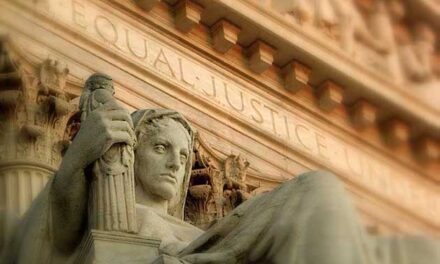
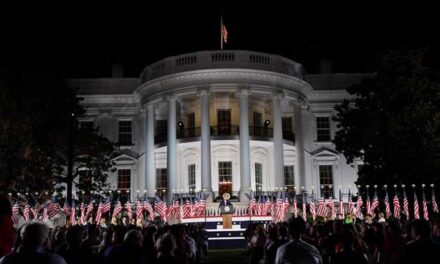
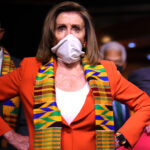
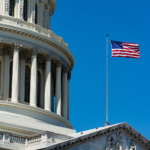

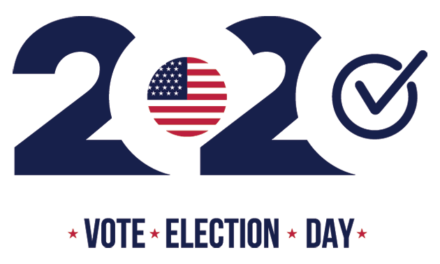
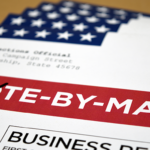



















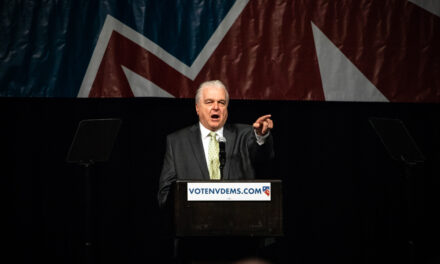
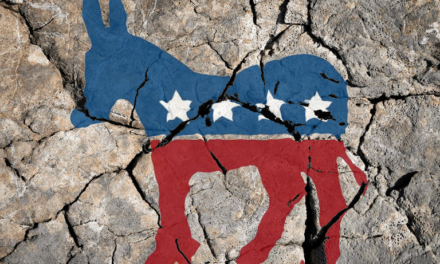
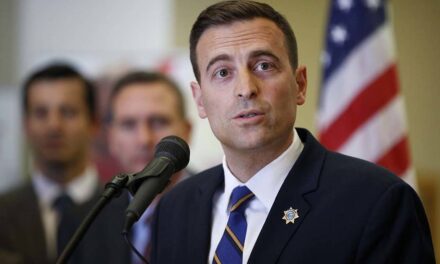
Recent Comments